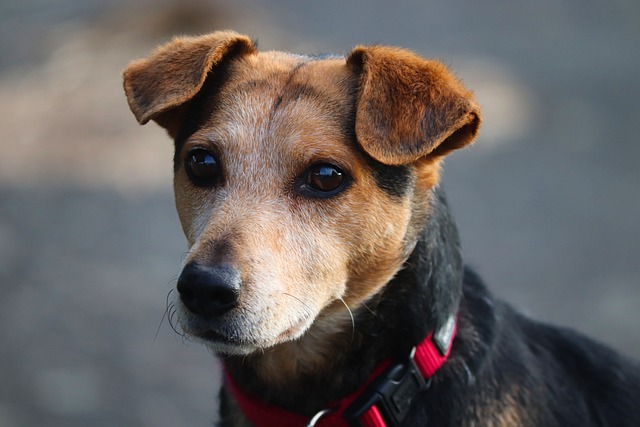
How can I tell if my dog's heatstroke is serious
Let’s be real: It’s a sticky August morning in Los Angeles, and you took your 2-year-old Golden Retriever, Max, for a walk a little later than usual
Watching a dog curl up quietly after a walk might make you think they’re all set—but figuring out if that activity was enough takes a little more attention. Every pup is different, of course: a tiny Chihuahua won’t need the same miles as a high-energy Border Collie, and a senior dog will tire faster than a puppy. The key is to spot subtle cues that tell you when their body and mind have gotten the stimulation they need.
Dogs are creatures of habit, so their behavior at home is one of the clearest signs. If your dog settles down to chew a toy or nap after activity, that’s a good sign—they’re not restless. On the flip side, if they’re pacing, barking excessively, or chewing on furniture nonstop, they might not have burned off enough energy. This ties back to basic canine behavior: dogs need physical movement to keep their muscles healthy, but also mental engagement to avoid boredom, which often leads to destructive habits.
 When you’re out, pay attention to how your dog interacts with their surroundings. A dog getting enough exercise will explore calmly—sniffing a tree for a minute, then moving on—instead of pulling hard on the leash or darting wildly at every squirrel. For practical steps, aim for age and breed-specific goals: most adult dogs need 30 minutes to 2 hours of activity daily. If you live in an apartment, mix short walks with indoor games like fetch down the hallway or puzzle toys that reward them with treats. And always remember community rules: pick up after your dog in public areas—its not just polite, but a legal requirement in most U.S. cities—and keep them on a leash where required, unless you’re in a designated off-leash park.
When you’re out, pay attention to how your dog interacts with their surroundings. A dog getting enough exercise will explore calmly—sniffing a tree for a minute, then moving on—instead of pulling hard on the leash or darting wildly at every squirrel. For practical steps, aim for age and breed-specific goals: most adult dogs need 30 minutes to 2 hours of activity daily. If you live in an apartment, mix short walks with indoor games like fetch down the hallway or puzzle toys that reward them with treats. And always remember community rules: pick up after your dog in public areas—its not just polite, but a legal requirement in most U.S. cities—and keep them on a leash where required, unless you’re in a designated off-leash park.
Staying compliant with local laws also plays into keeping your dog healthy. Make sure their vaccines are up to date before taking them to dog parks or busy trails—this protects both your pup and others. It’s also important to avoid over-exercising: if your dog starts lagging, panting heavily, or refusing to walk, stop and let them rest. Never push a dog past their limits, and always use positive reinforcement—praise or treats—when they respond well to activity, instead of punishment for being restless. This builds trust and makes exercise a fun experience for both of you.
At the end of the day, the best judge of whether your dog is getting enough exercise is the bond you share. When they’re calm, happy, and eager to spend time with you—whether that’s a walk or a cuddle on the couch—you’ll know you’re on the right track. By combining attention to their behavior, breed-specific needs, and respect for local rules, you’ll keep your dog healthy, happy, and a welcome member of your community.

Let’s be real: It’s a sticky August morning in Los Angeles, and you took your 2-year-old Golden Retriever, Max, for a walk a little later than usual

You're enjoying a summer afternoon at the park when you notice your dog has stopped panting and appears disoriented - their gums are bright red

Let’s paint the picture: You’re in your Denver apartment, watching your 4-year-old Boston Terrier, Ruby, plop down mid-play session with her favorite toy

Many dog owners notice their pets nails seem shorter after regular walks,but how much does this daily activity actually help?The answer depends on where you walk—concrete sidewalks or asphalt streets gently file nails as a dog's paws hit the ground

Most dog owners notice their pup scooting across the carpet at some point, but few connect it to impacted anal glands. These small sacs near a dog’s rectum secrete a scent for marking territory

Most vets agree that regular dog teeth cleaning is key to avoiding painful dental issues later. For healthy adult dogs, a professional cleaning at the vet’s office every 12 to 18 months usually works well.